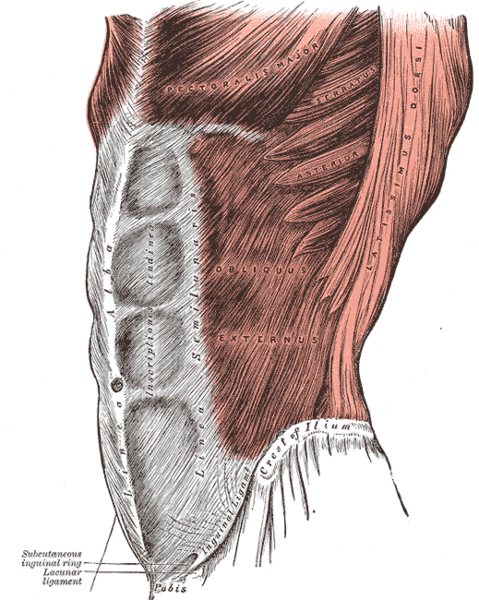Sitting here now you probably aren’t thinking about breathing – but it’s an action your body performs all day, everyday to keep you alive. Breathing functions to keep oxygen cycling through your body and allow your cells to function. However, most people aren’t getting the full benefit of breathing. Sitting here now take note – is your chest moving? If your chest is moving, this means you aren’t using your respiratory muscles to their full capability. Using your chest muscles to breath is not a long term strategy – these chest muscles are smaller and aren’t made to function in daily breathing. They will fatigue quicker and cause compensations in the surrounding musculature. So, what muscle should I be using? The diaphragm! Let us introduce you to diaphragmatic breathing.
What is the diaphragm?
The diaphragm serves as the main muscle of respiration. It sits below the lungs and contracts in a rhythmic pattern – most of the time in an involuntary manner. When you inhale, this causes the diaphragm to contract and flatten. This movement causes the chest cavity to enlarge and create a vacuum force that will pull air into the lungs. When you exhale your diaphragm relaxes and air is pushed out of your lungs into your body.

What relationship does the diaphragm and core have?
Your diaphragm sits on top of your core and abdominal cavity. Below the diaphragm lies the rectus abdominus, transverse abdominus, and oblique muscles. This anatomy ensures when the diaphragm contracts the abdominal muscles are forced to shorten and lengthen, which contracts the muscle. Overtime this will build muscle strength, showing the important role the diaphragm has in ensuring proper core function.

Why do I need to use diaphragmatic breathing?
Using your diaphragm forces the surrounding muscles – including the deep abdominal and low back muscles – to engage and contract. This will activate your core – without even performing any exercise! Diaphragmatic breathing is effective in treating various musculoskeletal conditions, including chronic low back pain. When the diaphragm is utilized, this reduces pressure being placed on the low back musculature.
How can I start diaphragmatic breathing?
Find a quiet place and lay down, preferably with your full body weight supported. Bend your knees and place your feet flat on the ground. Place one hand on your chest and one on your belly – right over your belly button. Feel your normal pattern of breathing and make note – where is the breath coming from? Think about pushing the hand over your belly towards the ceiling with the power of your breath. Keep the hand over your chest still – it’s there as a reminder to keep your chest calm. Now – feel the pressure you’ve created in your abdomen with your breath. This is intraabdominal pressure (IAP) and should always be present to some extent in your abdomen. This pressure ensures the diaphragm is active and working to reduce pressure at your low back.

Diaphragmatic breathing has numerous benefits including reduced low back pain, lowering heart rate, and full body relaxation. If you want to learn more about the benefits of diaphragmatic breathing and how it relates to your core and low back, book an appointment with us today!






